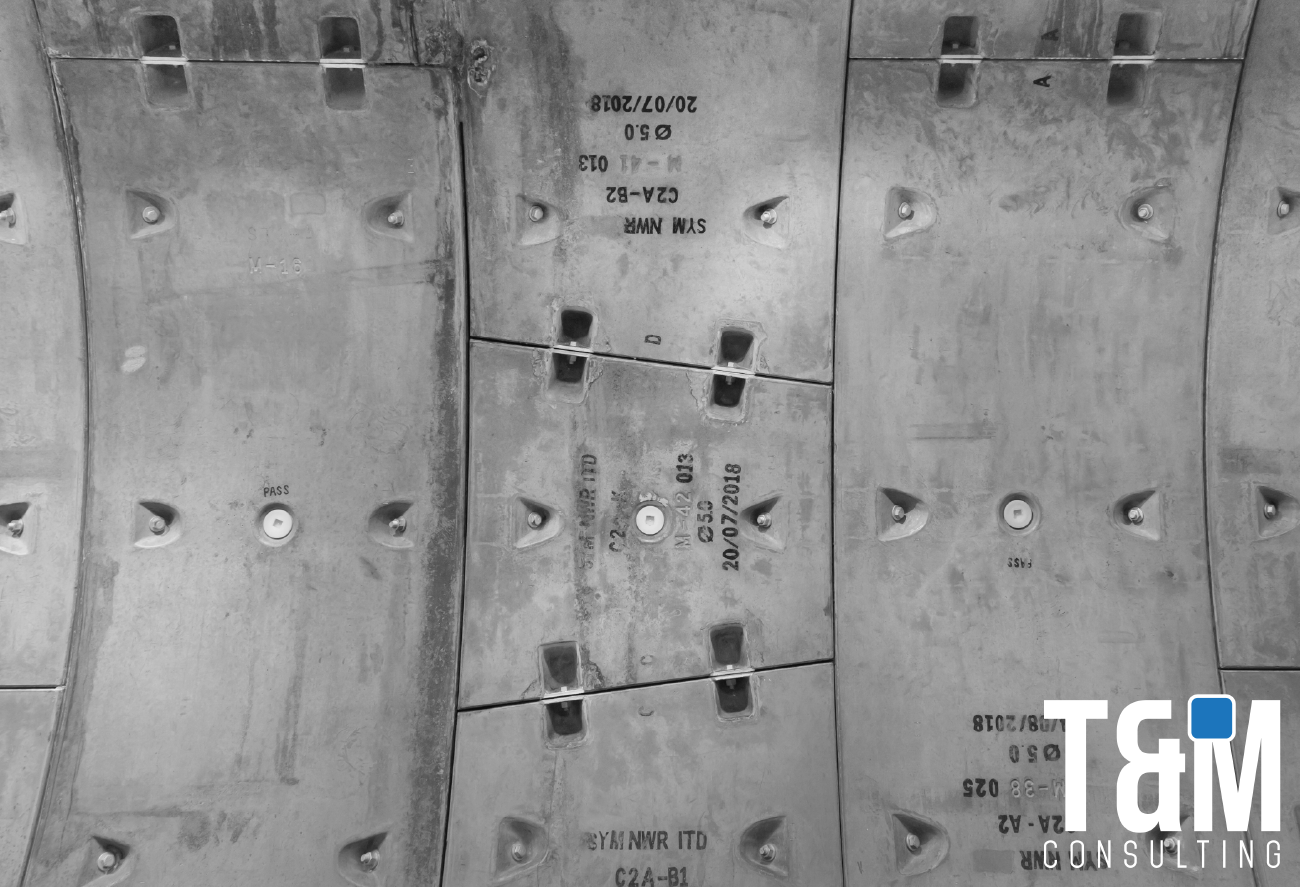Technology
3D printed smart wall

The team created a retaining wall, known as a headwall in some countries, embedded with sensors, which provide real-time information on temperature, pressure, and stress, with the aim of detecting and correcting potential problems in the structure before they can become major failures.
Unlike how pre-cut concrete headwall constructions with formwork and steel reinforcement are made, thanks to 3D printing technology, the researchers have managed to build a curved, hollow wall without formwork or steel reinforcement. The strength of the wall originates from its geometry and not from steel.
Approximately two meters high and three and a half meters wide, the wall was printed in one hour, saving costs, materials, and carbon emissions by using a concrete printer based on a robotic arm.
The team, led by Professor Abir Al-Tabbaa of Cambridge University's Department of Engineering, monitored the wall's temperature, relative humidity, pressure, strain, electrical resistivity, and electrochemical potential using PZT (Piezoceramic Lead-Zirconate-Titanate) sensors. This device measures the electromechanical impedance response and tracks changes in this data over time to identify possible damage.
The data collected through the devices will allow to evaluate and understand how 3D printing can be optimized for larger and more complex cement-based materials.
Thanks to this project, it was not only demonstrated that 3D printing technology can be effectively applied in the construction industry beyond prototypes and small models, but also that it can provide valuable information about their condition, optimizing resources and paving the way for customizing future infrastructures beyond design.
More information at https://www.cam.ac.uk/research/news/cambridge-researchers-help-develop-smart-3d-printed-concrete-wall-for-national-highways-project
08 de Agosto, 2023





